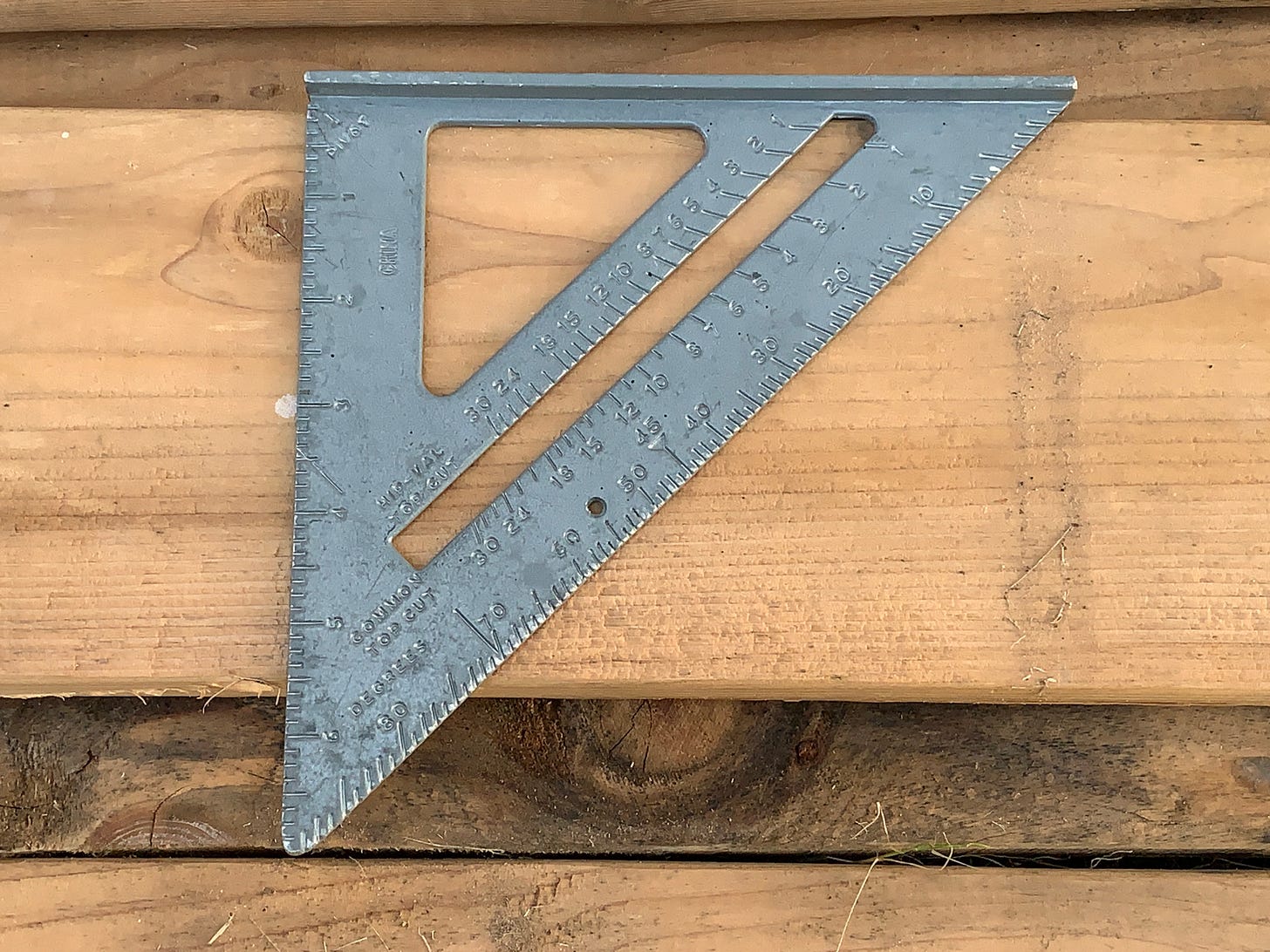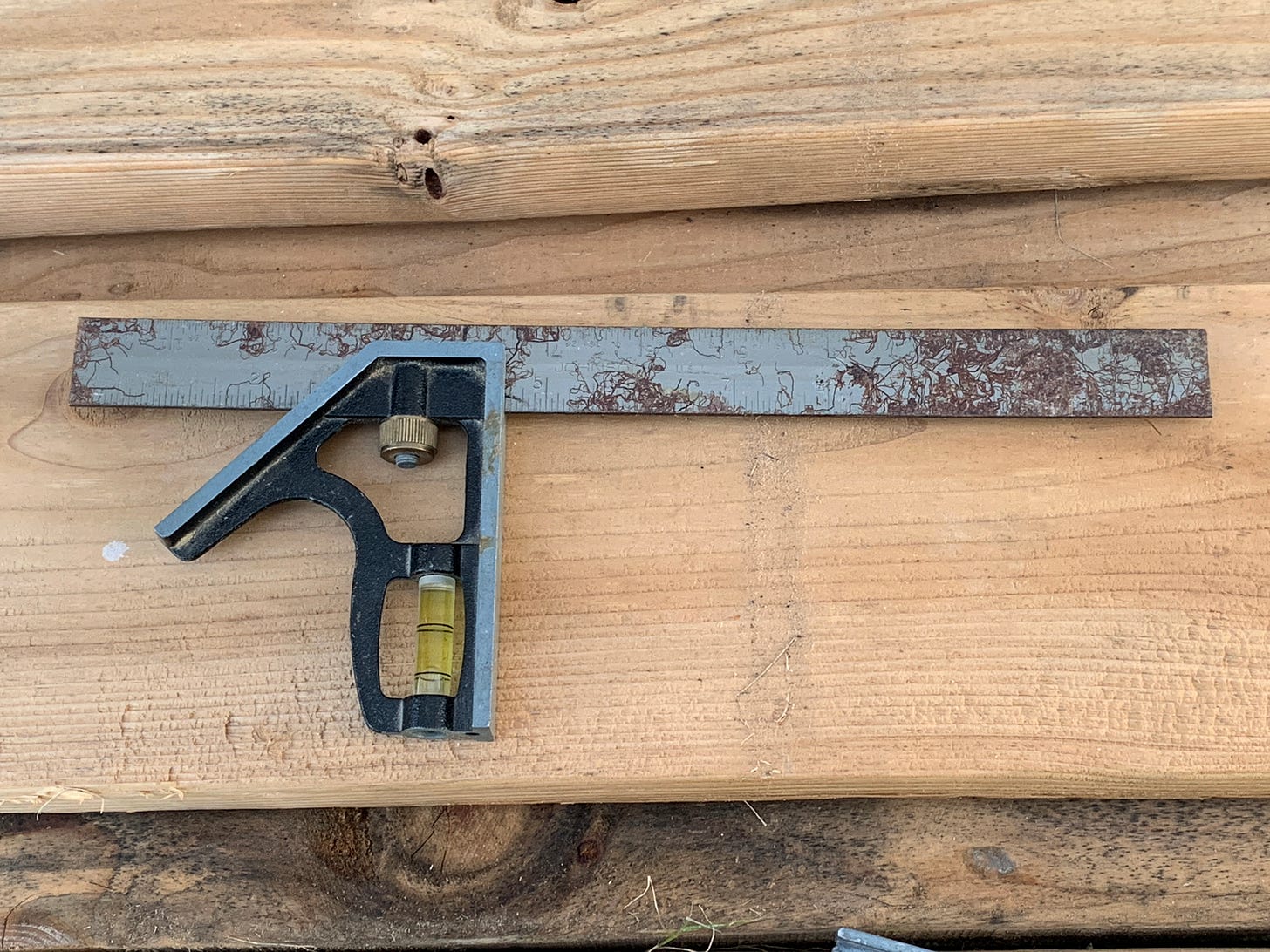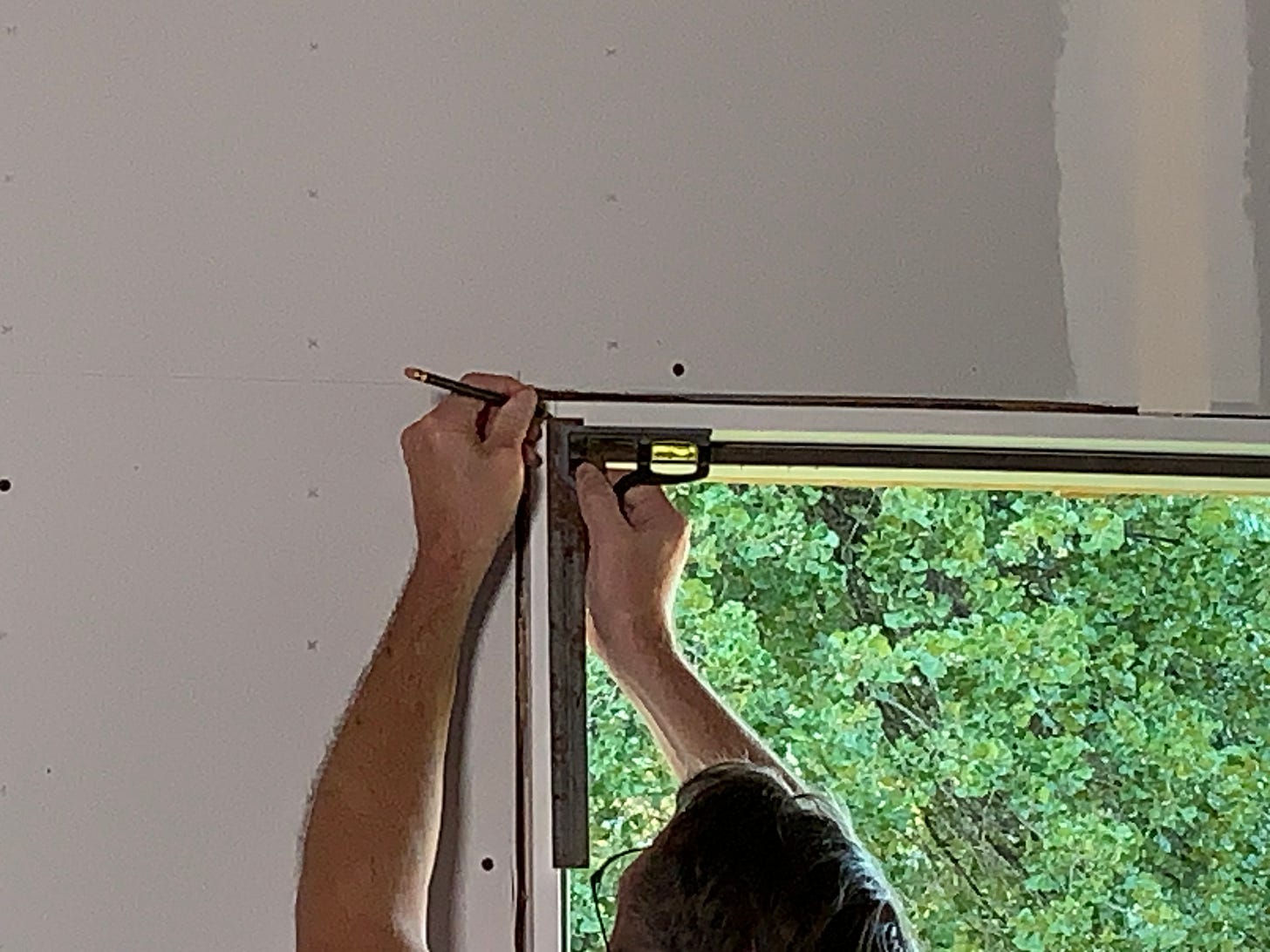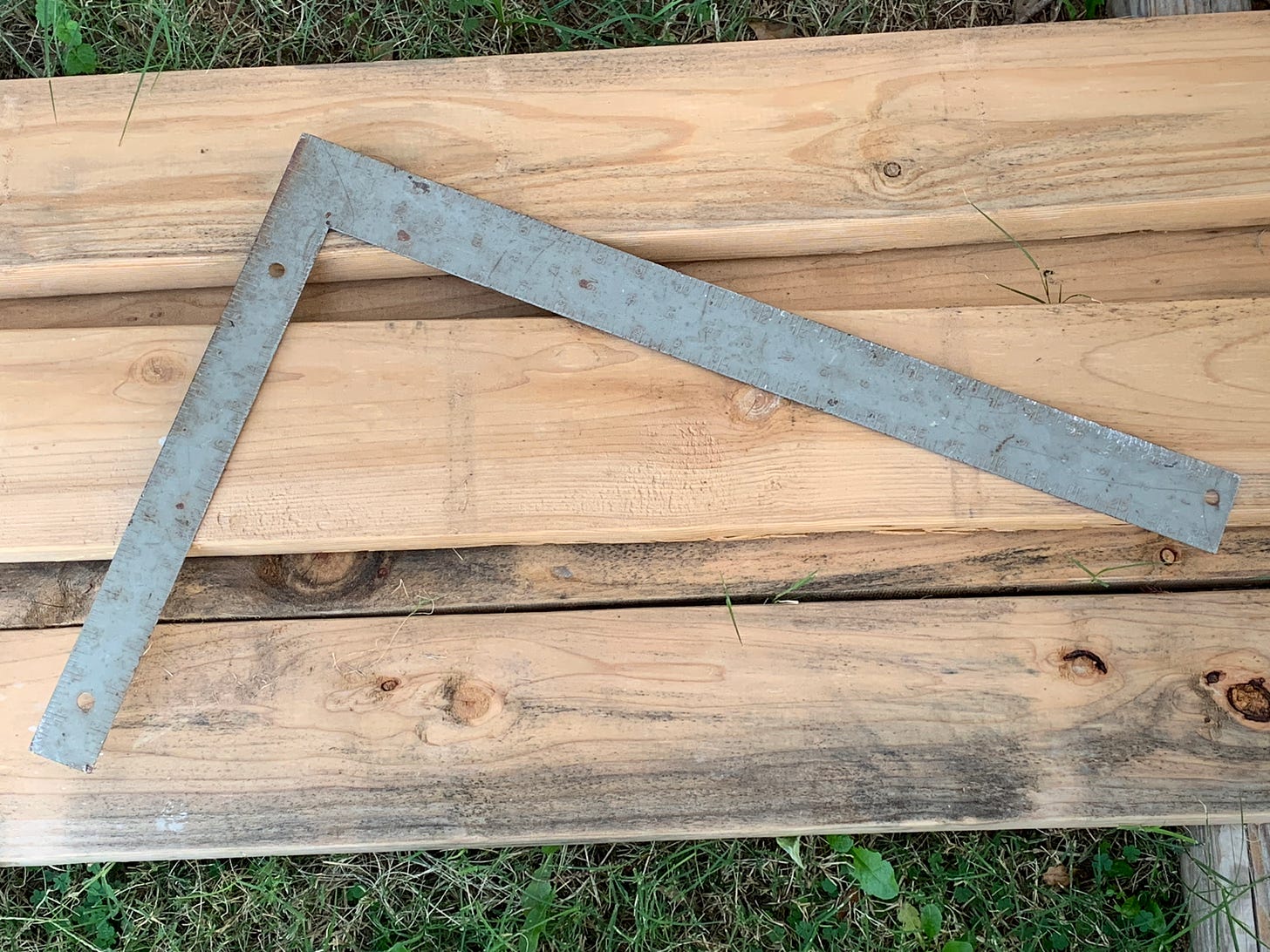Tool Reconnaissance: Exploring the Square
One of the first mistakes novice makers often commit is gluing, cutting, or welding something only to later realize it's not square. This problem can lead to various issues: doors and drawers not fitting correctly, or furniture that doesn't stand straight, resembling the Leaning Tower of Pisa. Don't worry; this happens to all of us at some point. It's in these moments that you realize the importance of the humble square.
A square is essentially a 90-degree gauge that helps you mark or determine the squareness of a joint or two edges. Sounds boring, right?
That is, until you have to throw away a piece you've been working on.
However, which squares should you buy?
I’m glad you asked, in this Tool Reconnaissance, I'll discuss the often overlooked square and present my three essential squares that every shop needs in its toolbox.
Let's get to it!
Speed Square
This square is most commonly used in framing houses. However, you don't need to be a builder to appreciate its usefulness in many areas of your shop. It's one of the most robust squares available, featuring both 90-degree and 45-degree surfaces useful for marking out rough corresponding lines. It also has a basic protractor for marking lines at various angles.
I appreciate this square for its sheer utility it is useful for woodworking to welding and can be tossed into a toolbag without worry of damage. This is my preferred choice as a straight edge with my circular saw. Not only can you layout the cutting line, but the speed square is also thick enough to serve as a sturdy guide for the saw, improving the accuracy of the cut.Combination Square
This square consists of several parts:
A main body with both 90 and 45-degree angles
A locking mechanism
A ruler that can slide in or out
Its adjustable design allows it to fit into tighter areas and perform custom marking off the ruler's end. This feature is particularly useful when marking door jambs for trim, as shown in the picture. You can set a specific distance (e.g., 1/4") to mark the jamb for the proper reveal. Combination squares are often more precise than speed squares and are preferred for accurate marking in woodworking.
Framing Square The final essential square for your workshop is the framing square, a larger tool ideal for truing up bigger woodworking projects like cabinets and furniture. Typically measuring 24 inches by 16 inches, this square features a flat profile with measurements printed or engraved along its sides.
The framing square's generous size allows for better squaring on larger panels—a task that's challenging with the two smaller squares mentioned previously. Its extended reach makes it invaluable for ensuring right angles on sizable workpieces, framing jobs, and when working with sheet goods.
This versatile tool not only helps in squaring but can also assist in layout work, measuring, and even as a straightedge for marking long, straight lines. For any workshop tackling larger projects, the framing square is an indispensable addition to the toolkit.
Trail Guide's Lexicon: Decoding Workshop Dialects
kerf /kûrf/
noun
A groove or notch made by a cutting tool, such as a saw or an ax.
The width of a groove made by a cutting tool.
A notch, channel, or slit made in any material by cutting or sawing.
Thanks for reading!
Cheers!







